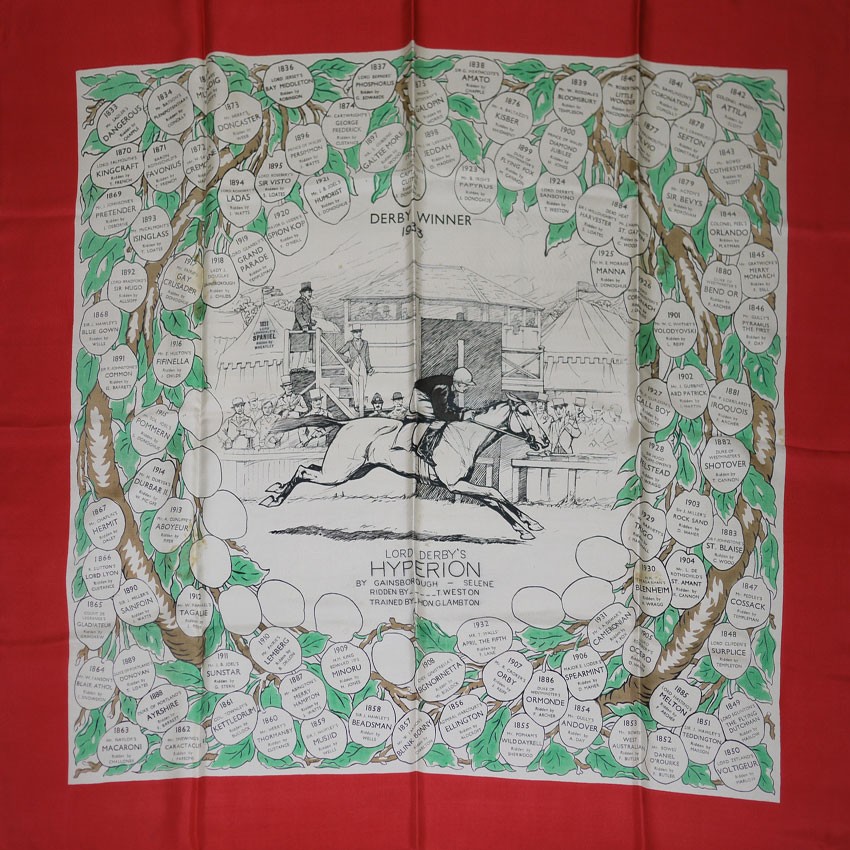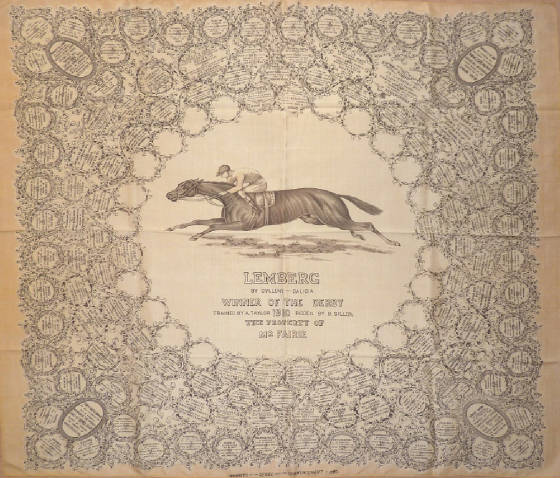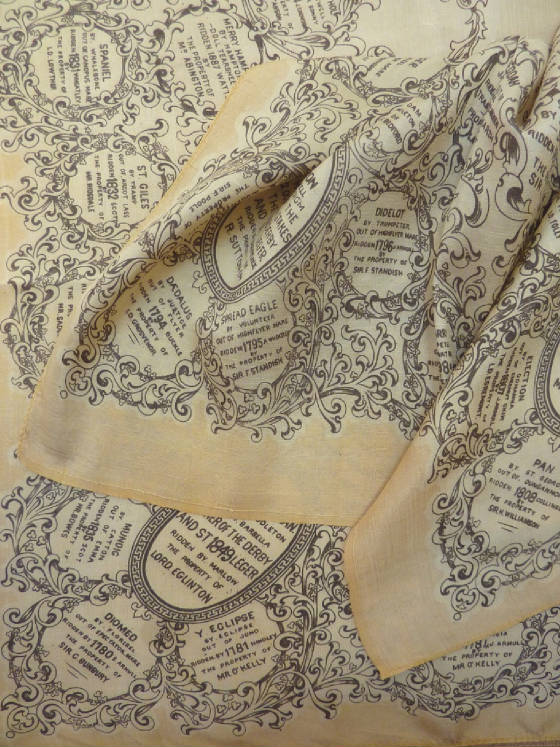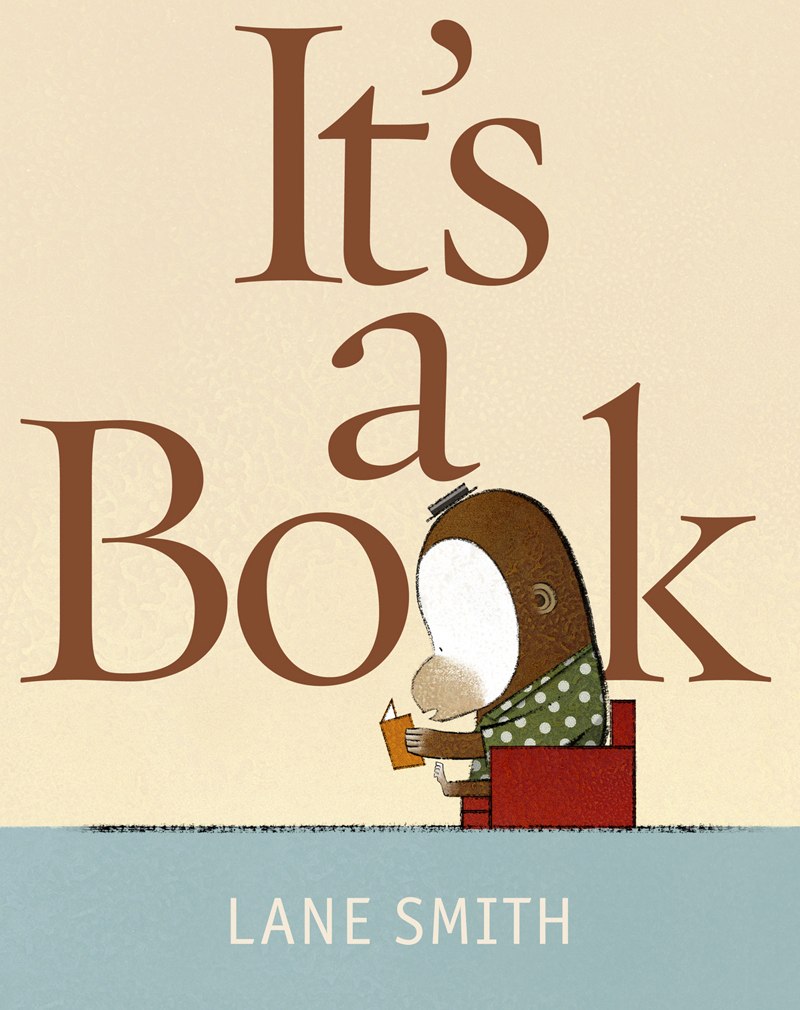This week has offered plentiful opportunities to reflect on the current state of work in the digital humanities. On Monday, the CMT held its first joint workshop with the Cultures of the Digital Economy Research Institute at Anglia Ruskin. One of the contributors to this event, Eugene Giddens (ARU), spoke about digital editing in his neck of the woods, early modern literary studies, characterizing it as almost entirely a history of failure. Fantasies nurtured in the 1990s—dreams of hypertext editions that would allow one to move fluidly between different versions of a work, exposing the many contingencies of the textual condition—have come to nothing. We have no online Shakespeare to can compete with the massed ranks of Ardens, Riversides and Nortons. We have few compelling online editions of other authors, major or minor. And in the rare cases where such editions have been completed, the bells and whistles (say, video-clips from modern performances of playtexts) may do more to obstruct than to facilitate engagement. Publishers seem to have despaired of finding a viable financial model for the online edition, while they continue to commission the familiar printed behemoths. Meanwhile scholars flock to sites that dump low-grade but plentiful facsimile images on the web. ‘Early English Books Online’ is the one unqualified success-story of digital editing in this area, and it isn’t (in the standard sense of the word) an edition.
Having absorbed some of the force of this analysis, it was surprising to go on a second collaborative event, a workshop on ‘Digital Editing and Digital Editions’ run at CRASSH on Wednesday. The speakers at this event were mainly upbeat about digital editing projects, one of them—John Rink of the Cambridge Music Faculty—having worked on an extremely complex and interesting project to create a variorum edition of Chopin (see http://www.ocve.org.uk/index.html and, relatedly, http://www.cfeo.org.uk/dyn/index.html). The miraculous interface for this project does things that Shakespeareans can only (continue to) dream of, allowing bar-by-bar comparison between the various original manuscripts and early printed scores, all of them testifying eloquently to this particular composer’s inability to stop improving and improvising, and to the material circumstances in which his works took shape. Funded by the Mellon Foundation, the site continues to grow and may in future incorporate audio performances to further diversify and enrich its content.
The other presentation at this event was similarly inspiring. Here Eleanor Robson of Cambridge’s Department of History and Philosophy of Science explored ORACC (http://oracc.museum.upenn.edu/index.html), the Open Richly Annotated Cuneiform Corpus, an ever-expanding archive of cuneiform texts that was initiated in the 1990s and which has continued to grow ever since. Hosted by the University of Pennsylvania, ORACC was developed without direct funding, mostly it seems as a means of facilitating the research projects of its founders. The site offers an enticingly open, free-form model for online editing (Robson patiently explained that the site’s acronym alludes to ORAC, the supercomputer-sidekick of the intergalactic renegades in the 1980s sci-fi series Blake’s 7). This vast, intricately-coded archive of cuneiform texts has a very direct impact on teaching and draws together numerous research collaborations with sites and institutions across the US, Europe and the Middle East.
Wednesday’s meeting concluded with a round-table discussion chaired by Andrew Zurcher (Faculty of English) which aired questions of longevity (making digital projects last), interoperability (making them talk to one another), impact (making them useful), and respectability (making them count on a CV). The Cambridge Digital Humanities Network will be carrying these discussions forward in the coming months and years: watch this space for more information. Meanwhile, the CMT is hosting two lunchtime meetings in the next couple of weeks (see this site, under ‘Events’) to discuss nascent digital projects.
for further discussion of the CRASSH workshop, see the intranet Members’ Forum (click on the sidebar tab)



